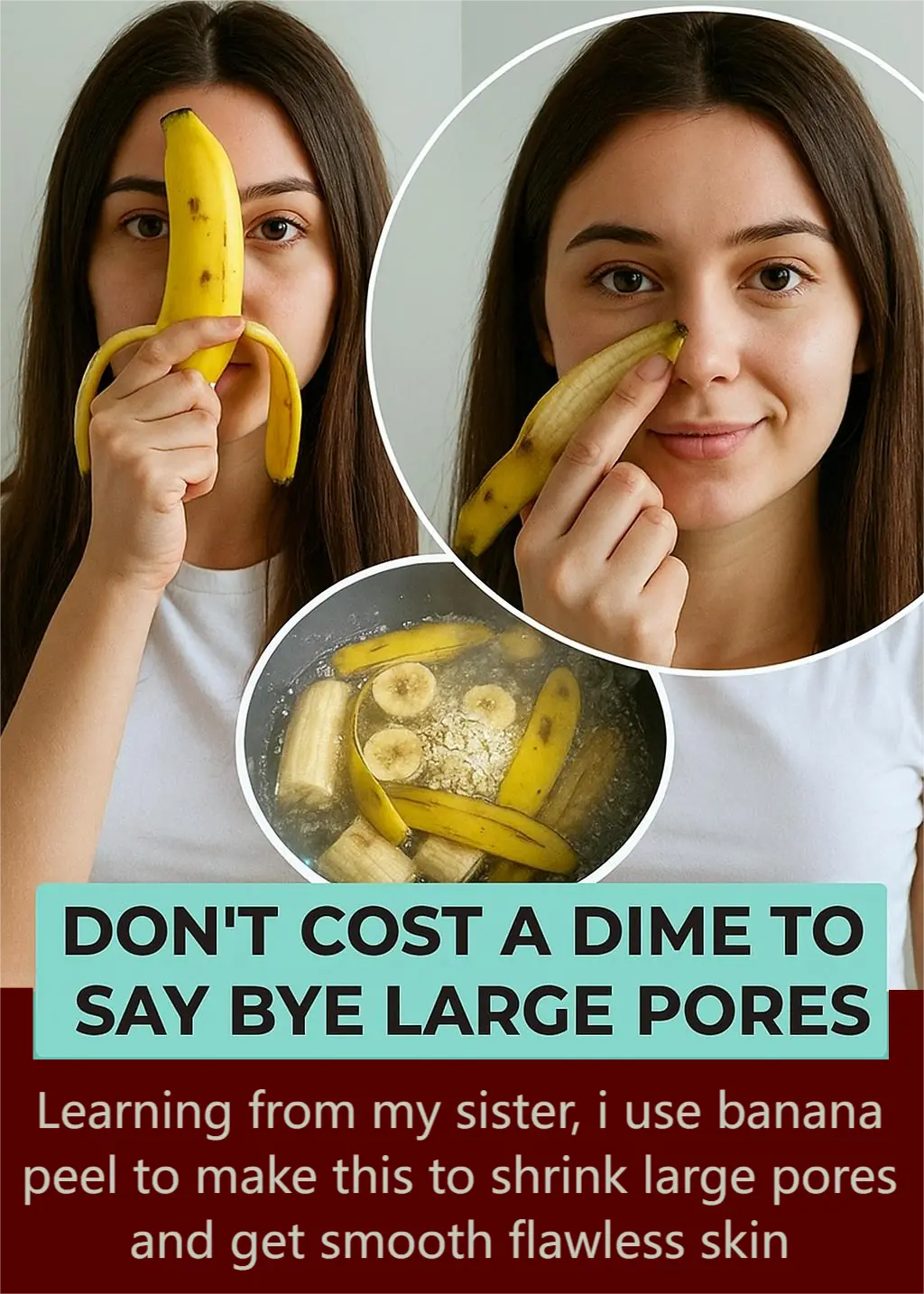
Cocoa Flavanols May Protect Blood Vessels Even When You Sit for Hours
Cocoa Flavanols May Protect Blood Vessels Even When You Sit for Hours
If you spend hours sitting each day—whether at a desk, behind the wheel, or on the couch—you’re not alone. The average adult now spends six or more hours seated daily, a lifestyle linked to poorer cardiovascular health over time. Yet new research suggests a surprising ally in the fight against sitting-induced vascular damage: cocoa flavanols.
A study published in The Journal of Physiology found that consuming cocoa rich in flavanols can help preserve blood vessel function, even after two hours of uninterrupted sitting. What’s especially intriguing is that this benefit appeared independent of cardiovascular fitness level—meaning even highly trained individuals weren’t immune to the vascular effects of sitting, but cocoa flavanols offered measurable protection.
These findings challenge the long-standing idea that regular exercise alone can counteract all the negative consequences of prolonged inactivity.

Key Takeaways
-
Fitness alone isn’t enough: High cardiovascular fitness does not protect blood vessels from the damage caused by two hours of sitting.
-
Cocoa helps preserve function: Drinking a flavanol-rich cocoa beverage before sitting maintained healthy blood vessel performance in both arms and legs.
-
Blood pressure still rises: Flavanols didn’t prevent increases in diastolic (bottom number) blood pressure caused by sitting.
-
Flavanol foods may help: Strategic intake of flavanol-rich foods could help protect vascular health during long sedentary periods.
Fitness Falls Short Against Sitting’s Toll
Many assume that being physically fit automatically shields them from the harms of a sedentary lifestyle—but this study says otherwise. Researchers examined young men with varying fitness levels, measuring blood vessel function before and after two hours of sitting.
Surprisingly, even participants with excellent aerobic capacity experienced similar levels of vascular impairment as those who were less fit. This suggests that while regular exercise has undeniable long-term benefits, it can’t fully offset the short-term damage caused by long bouts of sitting.
These findings add to a growing body of evidence that physical inactivity, even in otherwise healthy people, has immediate effects on circulation and endothelial function (the ability of blood vessels to expand and contract). Simply put: even the fittest heart can’t out-train the effects of sitting still for too long.
Cocoa’s Protective Effect
When participants consumed a cocoa beverage high in flavanols before sitting, the results changed dramatically. Blood vessel function—measured by flow-mediated dilation (FMD) in both the brachial artery (in the arm) and superficial femoral artery (in the leg)—remained stable, or in some cases, slightly improved after the sitting session.
This effect was consistent across both the high-fitness and low-fitness groups, indicating that the benefit of flavanols operates independently of fitness level.
How Cocoa Flavanols Work
Unlike exercise, which improves circulation through increased blood flow, flavanols appear to protect vascular health via biochemical pathways:
-
They stimulate nitric oxide production, which relaxes and widens blood vessels.
-
They reduce oxidative stress and limit substances that cause constriction.
-
They support endothelial cells, helping them remain flexible and responsive.
In essence, flavanols create an environment that keeps blood vessels supple even when physical movement is limited.
The amount of flavanols used in the study can realistically be obtained through diet. Unprocessed cocoa powder, dark chocolate (at least 70% cocoa), green tea, blackberries, apples, and red grapes are all rich in these compounds.
(Tip: Not all chocolate qualifies—look for minimally processed varieties with low sugar and high cocoa content.)
Blood Pressure and Tissue Oxygenation Still a Concern
While cocoa flavanols demonstrated a clear ability to maintain vessel elasticity, they did not prevent a rise in diastolic blood pressure after two hours of sitting. This indicates that other mechanisms—such as blood pooling in the legs or reduced muscle activity—still occur, even with flavanol consumption.
Additionally, researchers noted a decline in muscle tissue oxygenation in the calf area, suggesting that extended sitting continues to reduce oxygen delivery to muscles. Flavanols didn’t appear to counter this effect.
These results underscore that, while flavanols are helpful, they are not a substitute for movement. Getting up regularly and stretching or walking remains crucial for maintaining optimal blood flow and tissue oxygenation.
Practical Implications and Dietary Takeaways
This study adds a new dimension to how we think about nutrition and sedentary lifestyles. For those with jobs or routines that require long hours of sitting, incorporating flavanol-rich foods and drinks could be a simple, proactive step to support vascular health.
How to Include More Flavanols in Your Diet
-
Start your day with raw or lightly processed cocoa: Add unsweetened cocoa powder to smoothies or oatmeal.
-
Snack smart: Enjoy a small square of dark chocolate (at least 70–85% cocoa) as a treat.
-
Sip strategically: Green or black tea, rich in flavanols, can complement your mid-morning or afternoon break.
-
Add fruit power: Apples, blueberries, and raspberries provide additional flavonoids that support nitric oxide production.
However, moderation is key. Many commercial cocoa products are heavily processed and loaded with sugar and fat, which can easily counteract their potential benefits. Choose unsweetened or low-sugar options whenever possible.
It’s also important to note that this study involved young male participants only, so the findings may not directly apply to women, older adults, or people with cardiovascular disease. More research is needed to understand how factors like age, hormones, and health status influence the flavanol effect.
The Bigger Picture: Movement Still Matters
While this research is exciting, it doesn’t mean you can drink hot chocolate and skip your daily walk. Exercise remains one of the most powerful tools for improving long-term cardiovascular health, metabolism, and overall well-being.
The real takeaway is balance:
-
Move regularly, even for a few minutes every hour.
-
Add flavanol-rich foods strategically—especially on days when long sitting periods are unavoidable.
-
Hydrate and stretch to keep circulation active.
In combination, these habits can help protect your blood vessels, stabilize blood pressure, and support overall vascular resilience in our increasingly sedentary world.
Bottom Line
Even the fittest individuals are not immune to the negative effects of prolonged sitting—but cocoa flavanols might offer a surprising layer of protection. While they can’t replace the benefits of regular movement, they can help buffer the body against short-term vascular stress caused by inactivity.
So the next time you know you’ll be glued to your chair for a few hours—whether during a workday, a long flight, or a movie marathon—consider sipping a cup of flavanol-rich cocoa or green tea beforehand. Your blood vessels just might thank you.
News in the same category

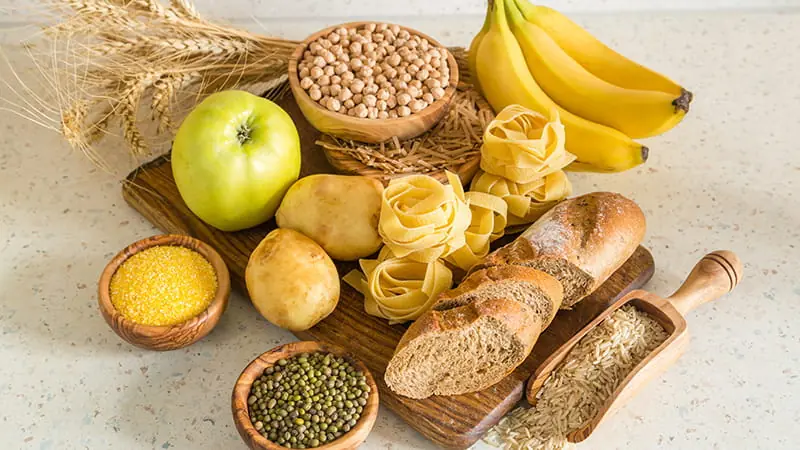
How to Eat Bread, Rice, and Potatoes Without Blood Sugar Spikes

Major Signs You Are Magnesium Deficient (and What To Do About It!)
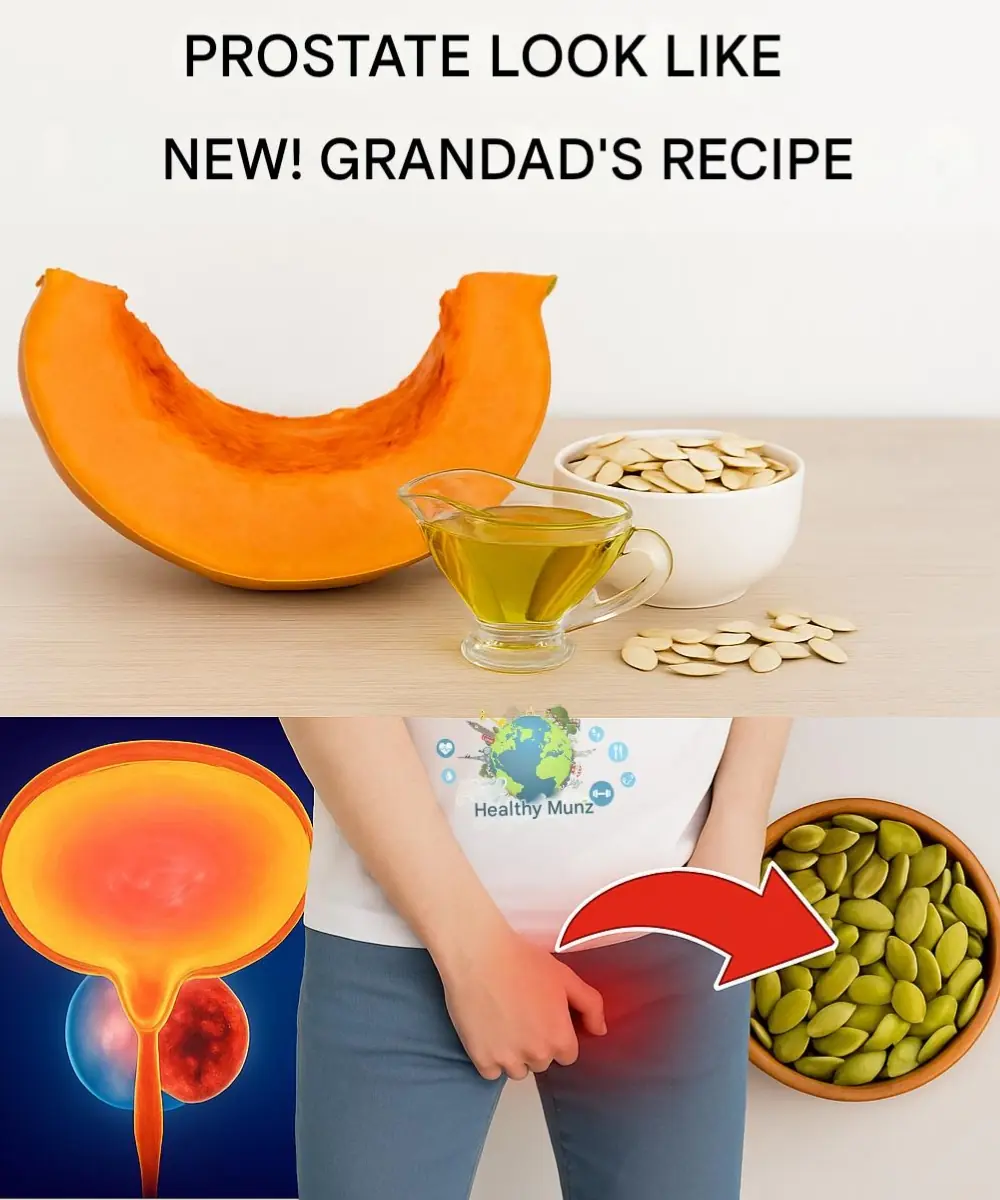
It Will Make Your Bladder and Prostate Feel Like New! The Grandfather’s Recipe
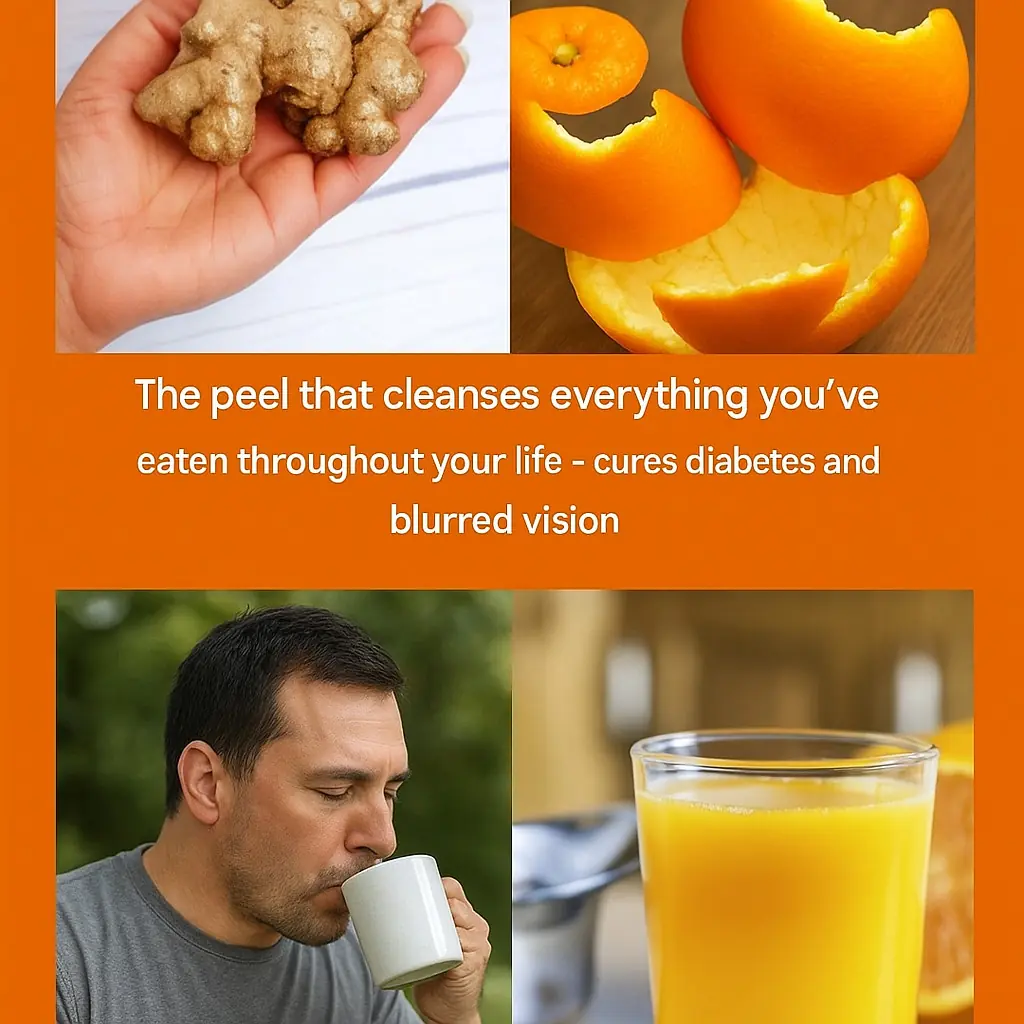
The Orange Peel Elixir That Cleanses Your Whole Body and Fights Diabetes, Cholesterol, and Blurry Vision
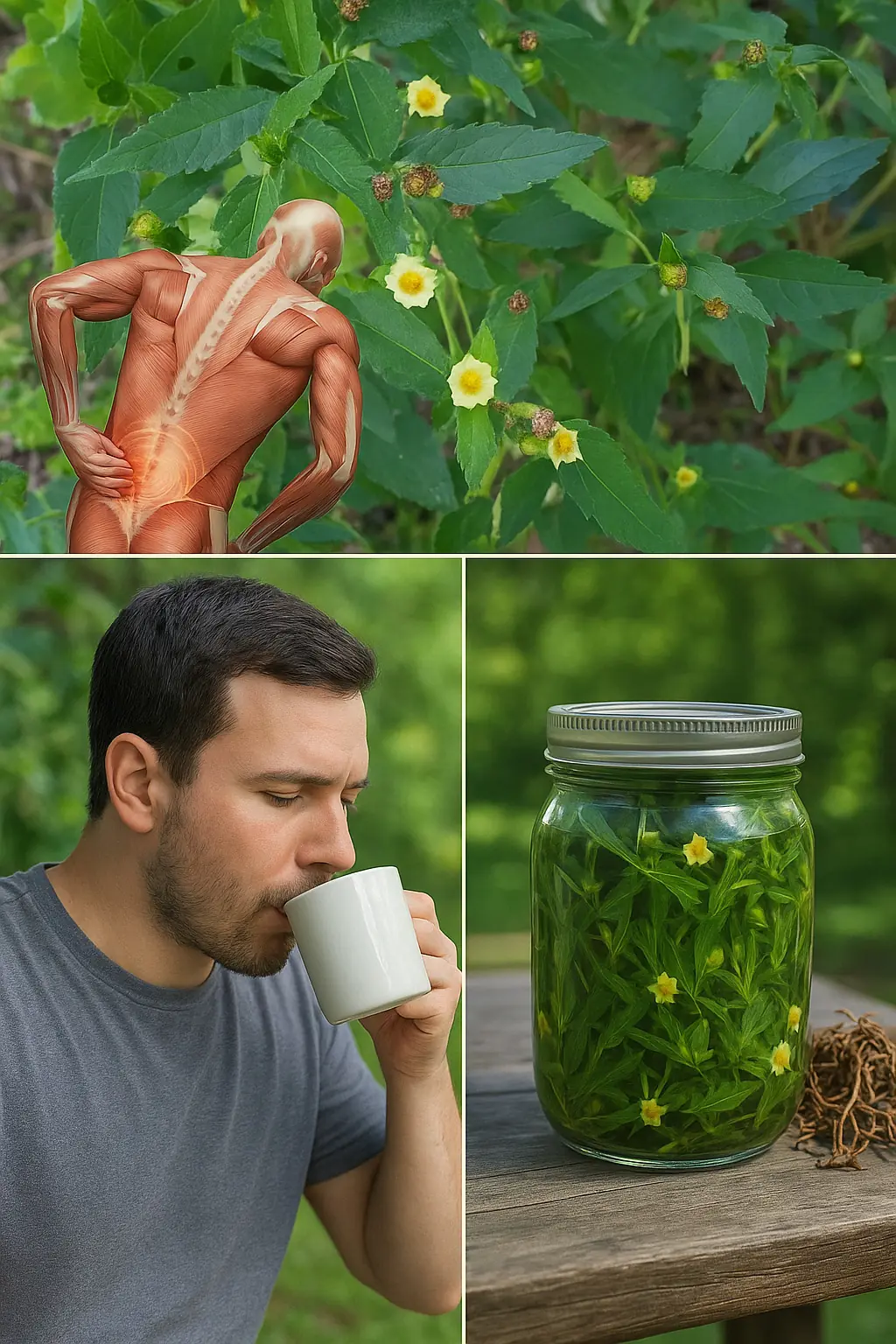
Stubborn Grass (Sporobolus indicus): The Resilient Weed with Hidden Healing Powers
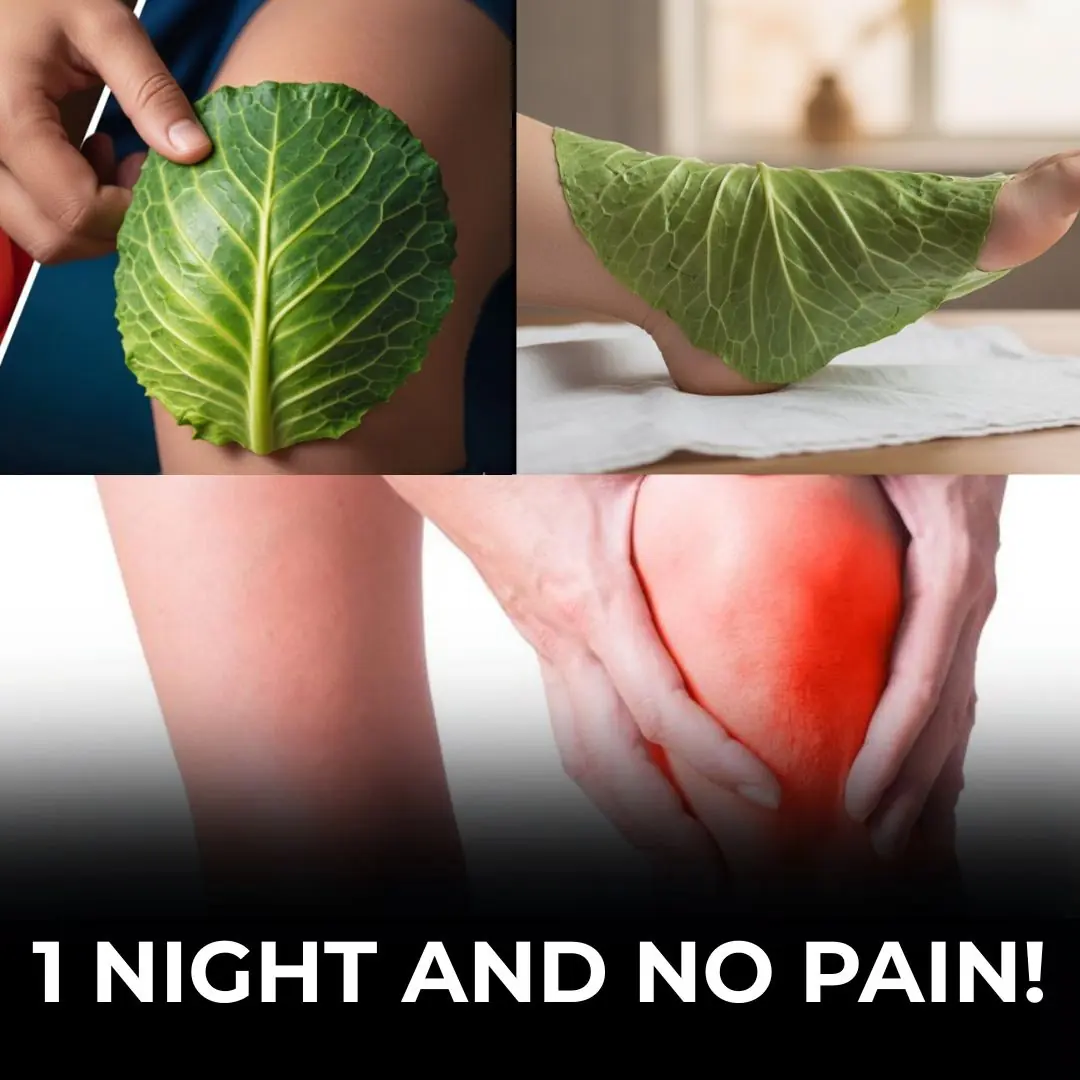
Cabbage Leaf Miracle: How to Relieve Joint Pain Overnight Naturally

Mouth Cancer: Symptoms, Causes, Stages, and Treatment

How to Cure Sciatic Nerve Pain: A Guide to Natural Remedies
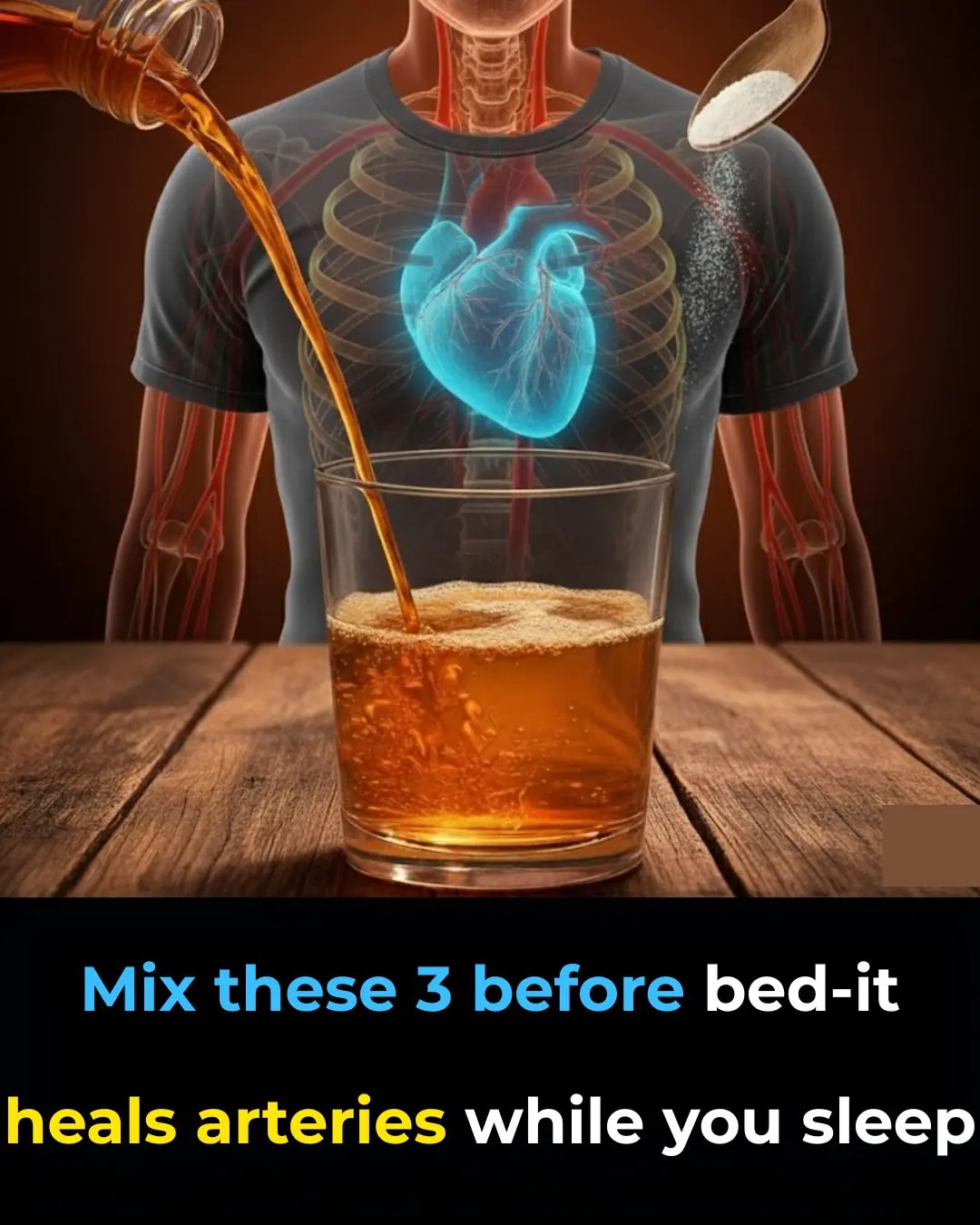
Mix these 3 before bed — it heals arteries while you sleep
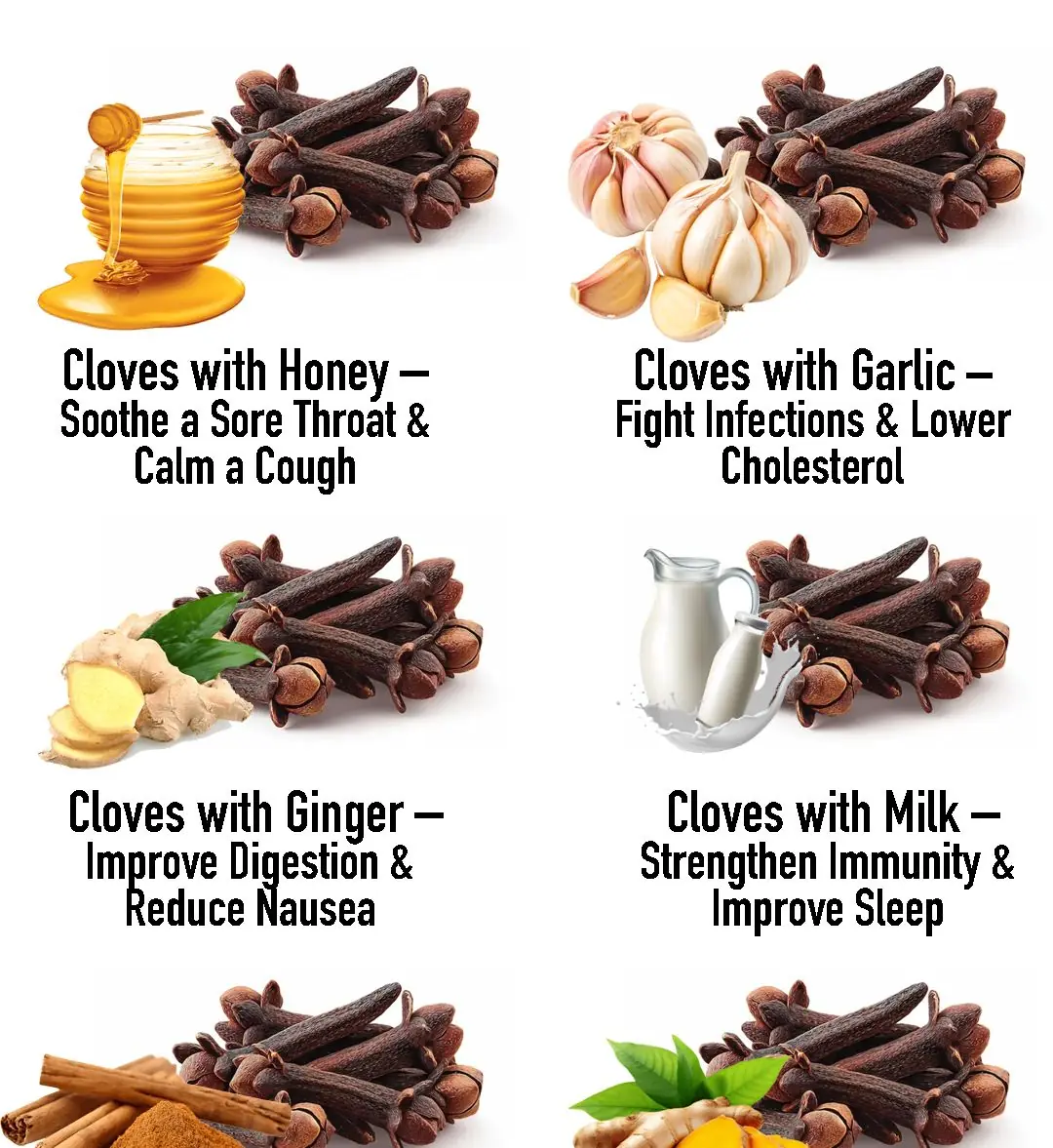
20 Genius Ways to Use Cloves for Your Health
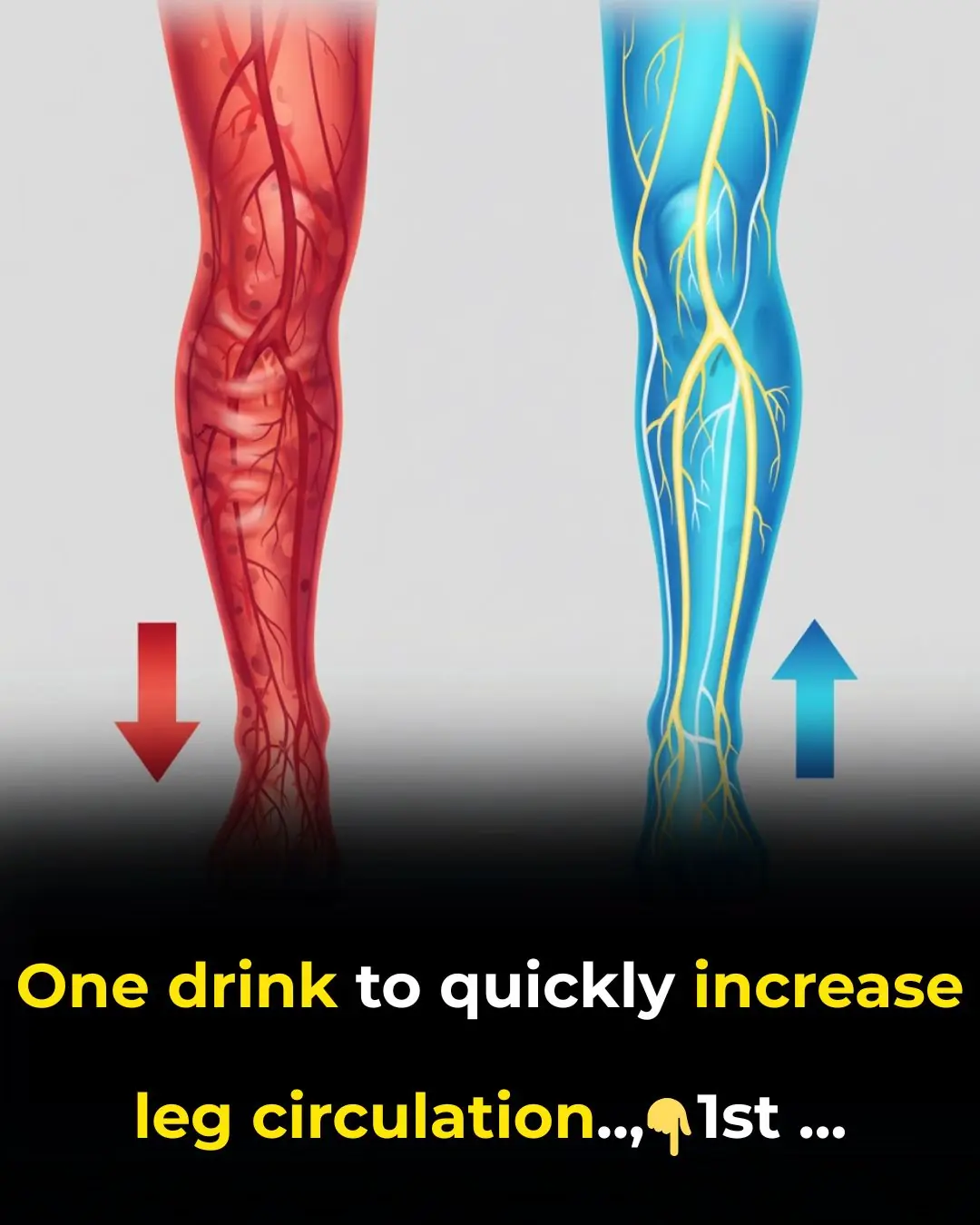
One drink to quickly increase leg circulation
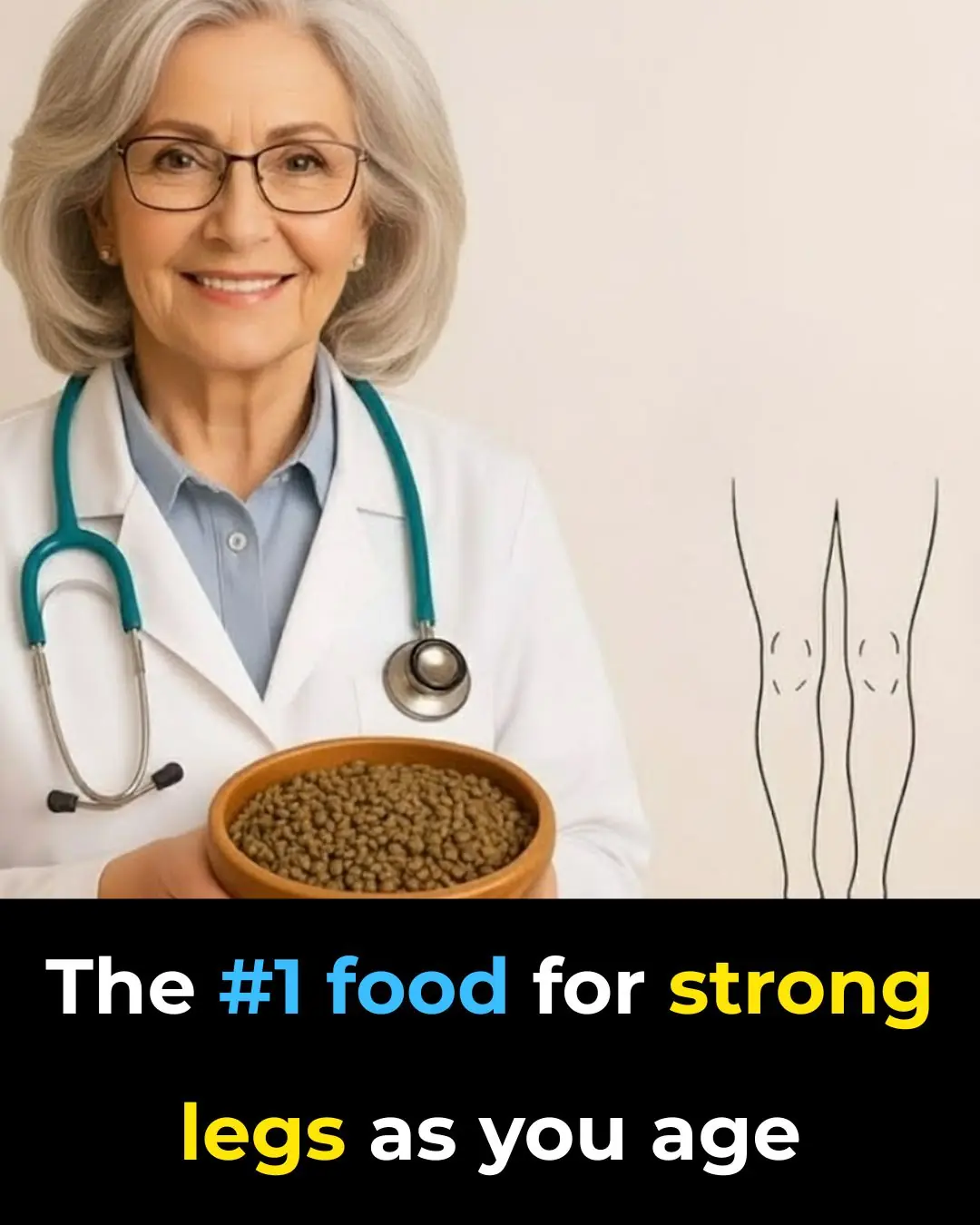
Extremely good food you should not miss

Drink this cinnamon and clove tea to lower your blood sugar naturally

Here’s What Really Happens To Your Body If You Drink Diet Soda
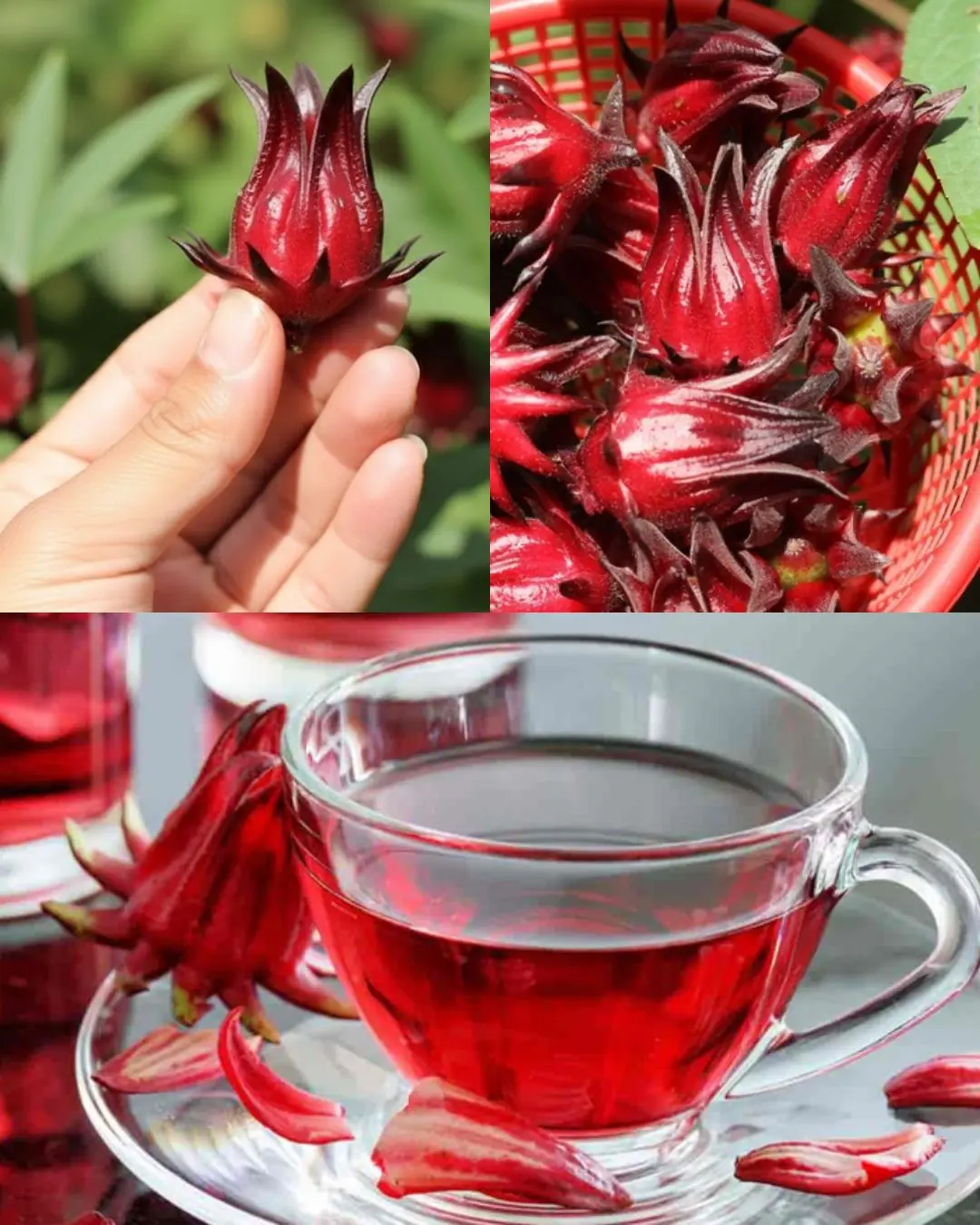
Roselle: The Scarlet Herbal Treasure with Powerful Health Benefits

Clove-Infused Honey Power: A Natural Wellness Booster You Can Make at Home
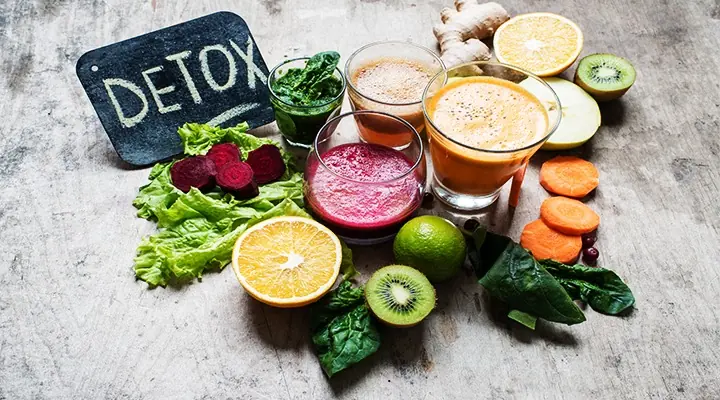
How to Detoxify and Cleanse Each Organ to Never Be Sick or Tired Again
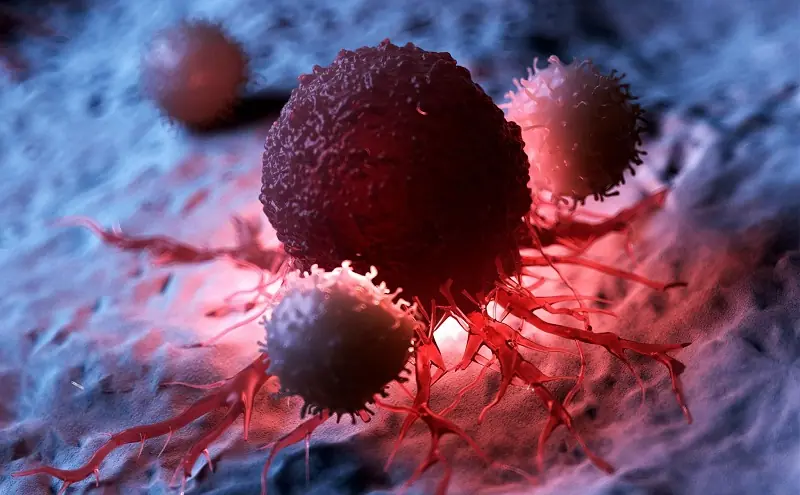
NEW 10 UNUSUAL SIGNS OF COLON CANCER
News Post

5 Dangerous Ingredients Hiding in Your Skin Care Products—Are You At Risk?

Instant Teeth Whitening: Ginger & Lemon Remedy for a Brighter Smile in 2 Minutes

Silent Heart Attack — The Pain No One Recognizes in Time

How to Eat Bread, Rice, and Potatoes Without Blood Sugar Spikes

Major Signs You Are Magnesium Deficient (and What To Do About It!)

5 Homemade Face Packs for Dry Skin in Winter | DIY Winter Face Packs for Glowing Skin
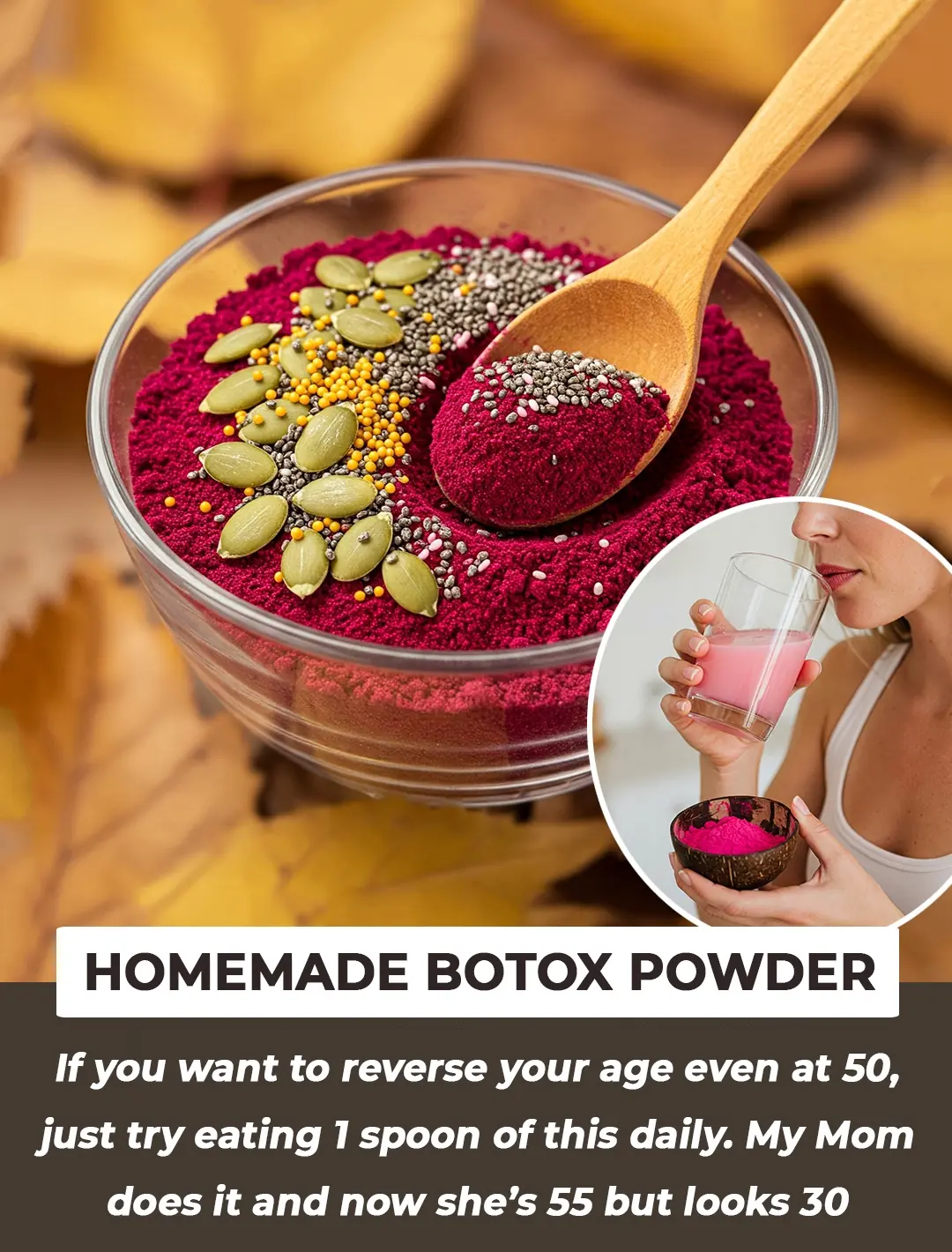
DIY Collagen Powder Recipe for Glowing Skin & Thick Hair

DIY Fennel Seeds Water for Weight Loss and Health: A Natural Remedy for Metabolism, Digestion, and Glowing Skin
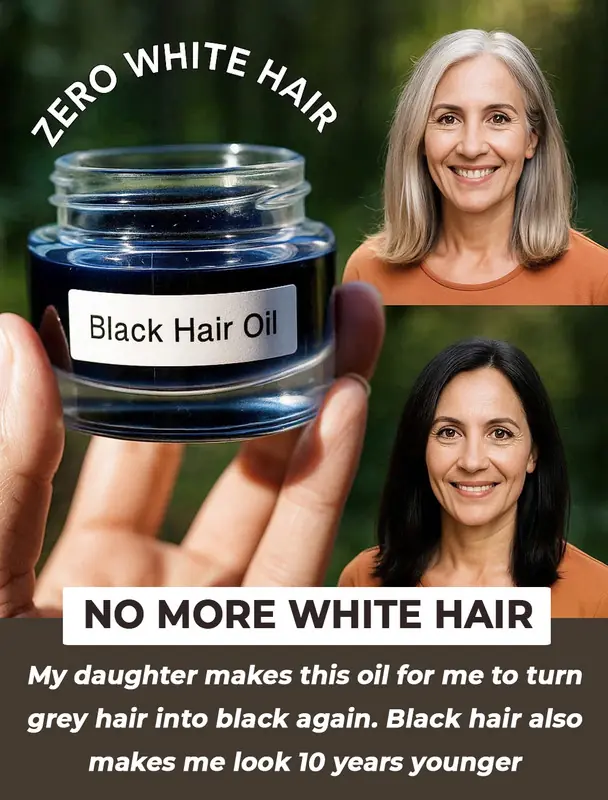
Roasted Onion Peel and Garlic Peel Treatments for Grey Hair: Natural Remedies for Hair Restoration
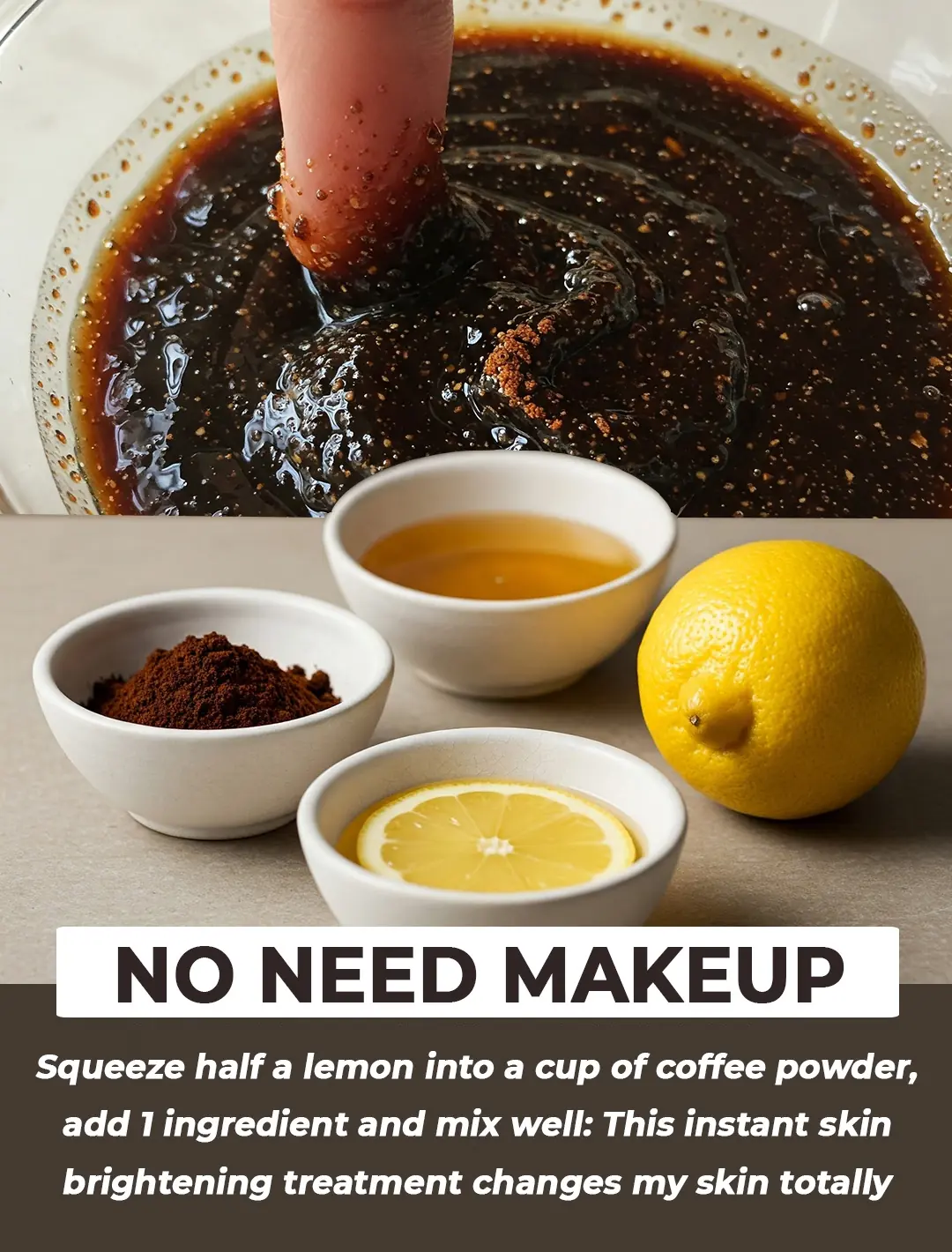
Coffee For Instant Skin Brightening
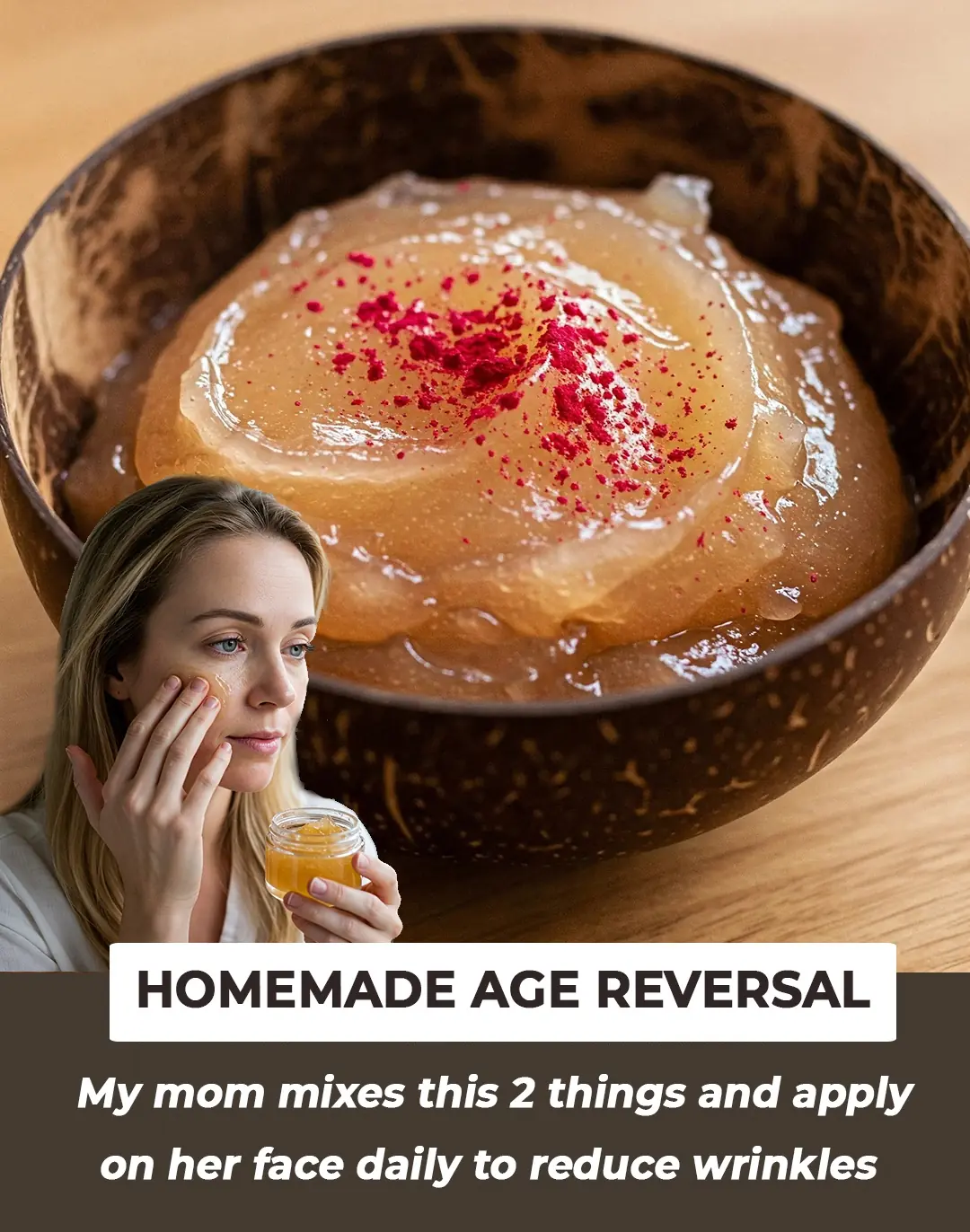
Beetroot Face Gel for Clear Skin – Rosy Cheeks & Pink Blushing Skin
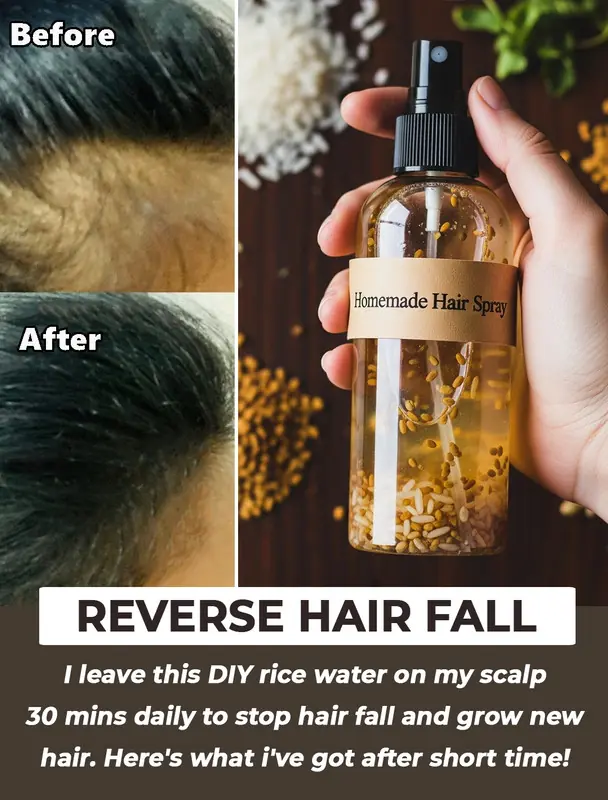
Rice and Fenugreek Hair Spray: The Natural Solution for Hair Fall, Growth, and Scalp Health

DIY Rice Water Ice Cubes for Glowing Skin: Best Recipe for Pore Minimization, Hydration, and Skin Brightening

DIY Rice Water Ice cubes for Clear Skin – Shrink Large Pores
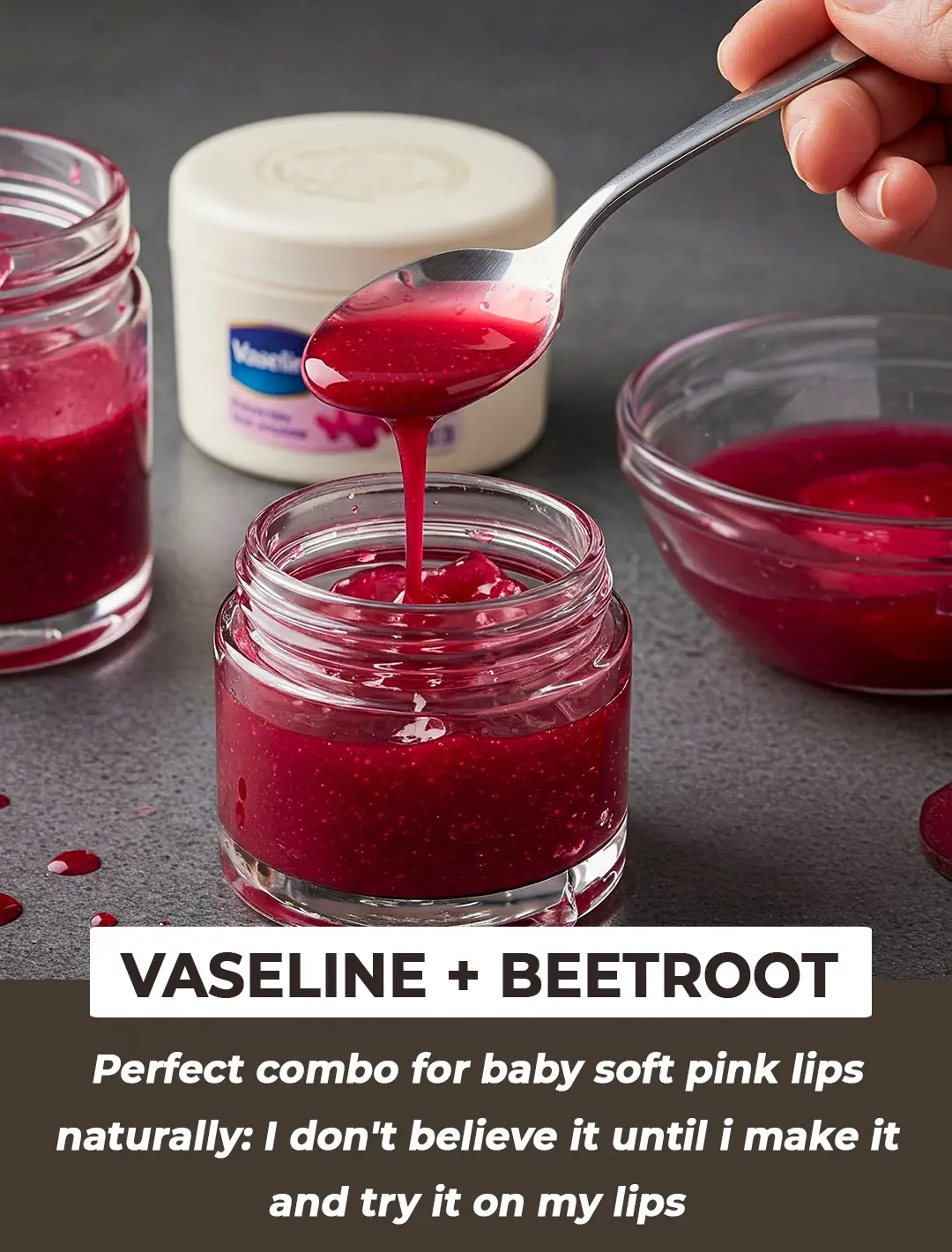
DIY Lip Balm with Vaseline and Beetroot: A Natural, Moisturizing Solution for Soft, Pink Lips
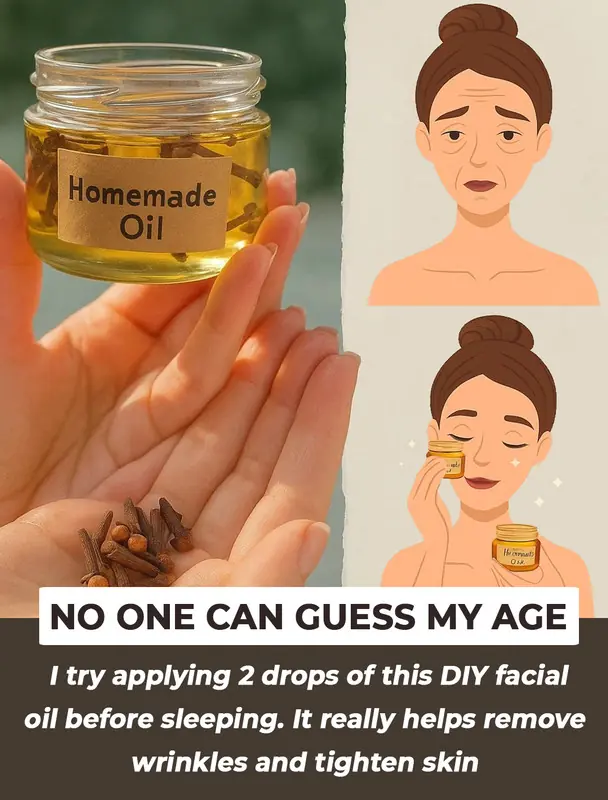
DIY Clove Anti-Wrinkle Gel: Natural Botox Alternative for Firmer, Younger-Looking Skin
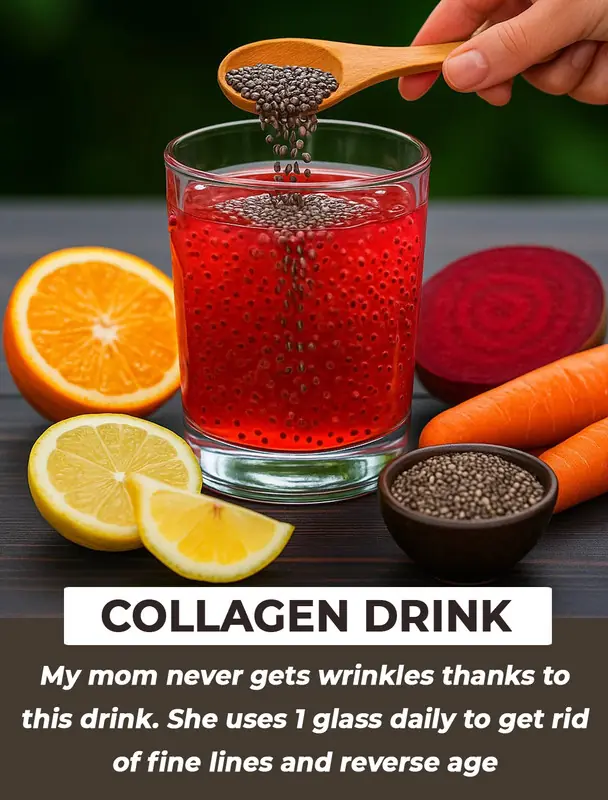
Collagen-Boosting Skin Glow Drink Recipe: Natural Solution for Wrinkles, Fine Lines, and Radiant Skin

It Will Make Your Bladder and Prostate Feel Like New! The Grandfather’s Recipe
